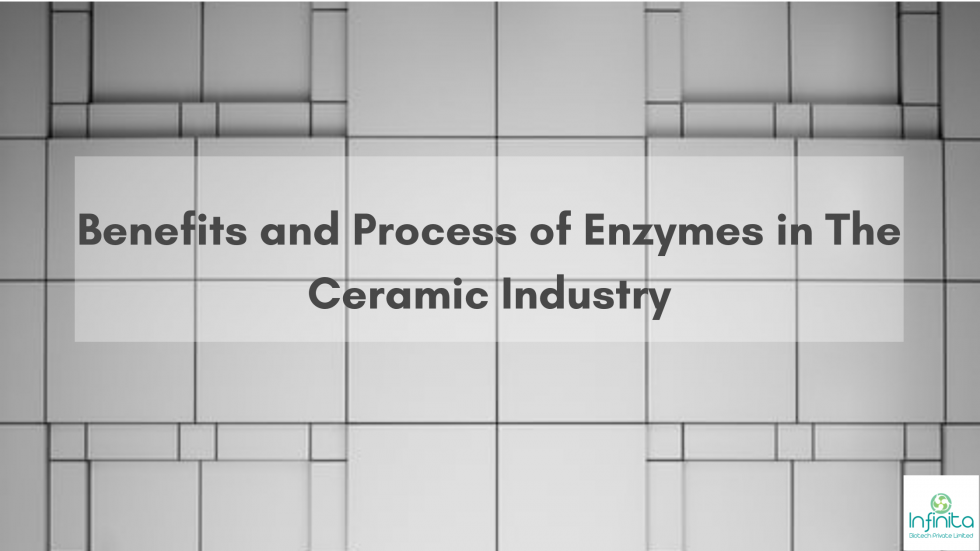Introduction
The ceramic industry has traditionally relied on chemical and mechanical processes for manufacturing products like tiles, bricks, and pottery. However, with growing demand for eco-friendly and cost-effective solutions, enzymes have emerged as a game-changing innovation. These biological catalysts enhance clay processing, glazing, and overall production efficiency while reducing environmental impact.
In this blog, we will explore the benefits and process of using enzymes in the ceramic industry.
How Enzymes Work in the Ceramic Industry
Enzymes function by breaking down organic and inorganic materials to improve the texture, workability, and strength of ceramic products. Specific enzymes such as cellulases, proteases, and lipases aid in various ceramic manufacturing stages, including clay refining, decontamination, and binding.
Benefits of Using Enzymes in the Ceramic Industry
1. Improved Clay Workability and Plasticity
- Enzymes break down organic impurities in clay, making it smoother and easier to mold.
- They enhance plasticity, reducing the need for excessive water, which helps in shaping fine ceramic products.
2. Eco-Friendly and Sustainable Production
- Traditional ceramic processing involves harsh chemicals that contribute to environmental pollution.
- Enzyme-based treatments are biodegradable, reducing the industry’s carbon footprint and making ceramic manufacturing more sustainable.
3. Enhanced Binding and Strength
- Certain enzymes improve the binding properties of raw materials, making ceramic products more durable.
- This results in stronger tiles, pottery, and construction materials that withstand higher pressure and temperature.
4. Reduction of Energy Consumption
- Enzymes help in softening and refining clay at lower temperatures, reducing firing and drying time.
- This leads to energy savings and lower production costs.
5. Cost-Effective Alternative to Chemicals
- Using enzymes reduces the dependency on expensive synthetic additives.
- Enzymes operate under mild conditions, lowering processing costs and minimizing equipment corrosion.
Process of Enzyme Application in Ceramic Manufacturing
1. Clay Preparation and Refinement
- Raw clay contains impurities that affect the final product’s quality.
- Enzymes such as cellulases help break down plant residues and organic matter, improving clay consistency and purity.
2. Water Treatment and Purification
- Many ceramic plants reuse water in production.
- Enzymes aid in removing organic contaminants from wastewater, making recycling more efficient and reducing water waste.
3. Enhanced Molding and Shaping
- Enzymes increase the plasticity of clay, making it more flexible and reducing cracks during molding.
- This is crucial in the production of intricate ceramic designs.
4. Drying and Firing Optimization
- The enzyme-treated clay requires less drying time, reducing the risk of cracks and defects.
- Lower firing temperatures result in energy savings and improved production efficiency.
5. Glazing and Surface Enhancement
- Enzymes can modify ceramic glazes, making them more uniform and smoother.
- They help in achieving better adhesion and glossy finishes without requiring excessive heat.
Conclusion
The use of enzymes in the ceramic industry offers numerous benefits, including enhanced quality, cost reduction, and sustainability. By replacing traditional chemicals, enzymes improve clay workability, reduce energy consumption, and contribute to a more eco-friendly production process.
With ongoing advancements in biotechnology and enzyme engineering, the ceramic industry is set to experience greater efficiency and innovation in the coming years.


